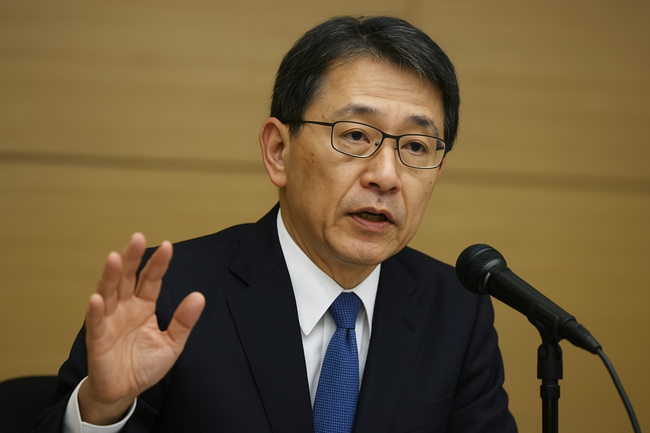Quadratic voting is a decision-making mechanism that allows participants to express the intensity of their preferences rather than just a binary choice. In this system, voters allocate a number of votes to different options, where the cost of votes increases quadratically. This means that while one vote costs one credit, two votes cost four credits, and three votes cost nine credits. This structure encourages participants to think critically about how much they value each choice. Those with stronger preferences can express them more emphatically, but at a higher cost, preventing any single participant from easily dominating the outcome by simply purchasing more votes.In the context of governance and decision-making in decentralized platforms, quadratic voting aims to create a fairer system where the influence of votes reflects the intensity of preferences. This is especially useful in situations involving community projects, funding, or protocol changes, allowing for more democratic and representative outcomes.

Bank of Japan Weighs Additional Rate Hikes as Inflation Persists
The Bank of Japan will continue to raise interest rates if economic and price trends progress as expected, Deputy Governor



